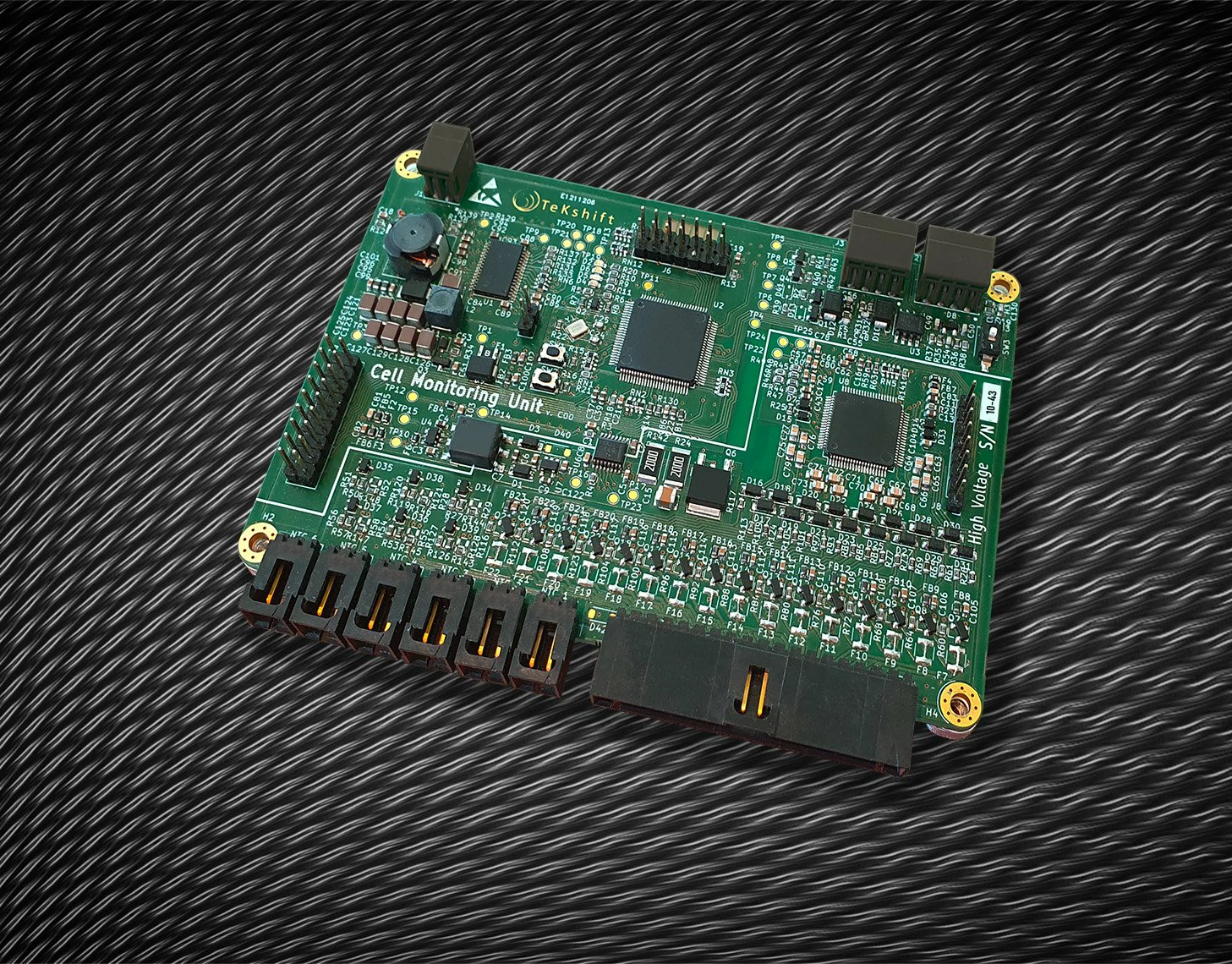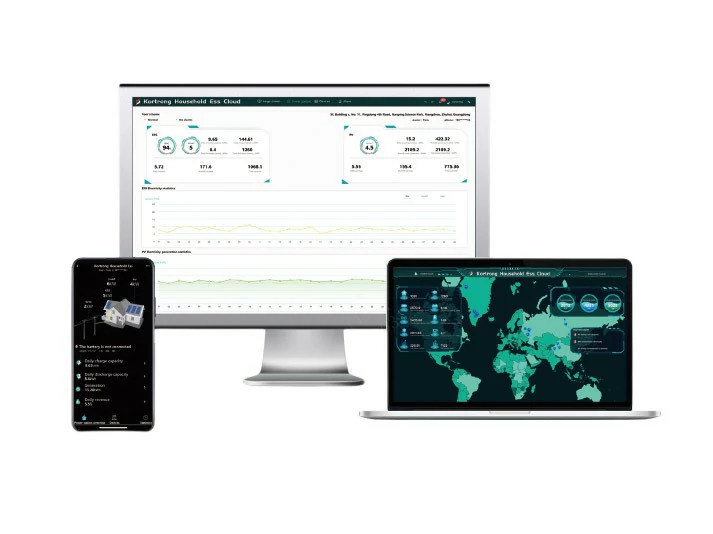Cell Supervision Unit Introduction: CSU (Cell Supervision Unit) : that...
Communication mode of battery pack
With the rapid development of science and technology, battery packs are increasingly used in various devices, especially in electric vehicles, renewable energy storage and smart homes. The communication mode of battery pack is of great significance for monitoring its status, optimizing its performance and prolonging its service life. This paper will discuss the main communication mode of battery pack, including its working principle, advantages and disadvantages and application scenarios.
Basic battery pack communication
Battery pack communication involves the transmission of information between multiple battery units and their management systems. These communication methods can collect, transmit and process battery status information in real time, including voltage, temperature, current and capacity, and then effectively manage.
The main means of communication include:
CAN (Controller Area Network)
UART (Universal Asynchronous Transceiver Transport)
I2C (Serial Peripheral interface)
SPI (Serial Peripheral Interface)
Wireless communication (such as Bluetooth, Zigbee, LoRa, etc.)
Detailed explanation of main communication mode
CAN bus
Working principle: CAN bus is a multi-host serial communication protocol, allowing multiple devices to communicate through the same bus. Battery Management System (BMS) usually uses CAN bus to monitor each unit of battery pack.
Advantages:
High anti-jamming capability and reliability, suitable for harsh environment.
It supports long-distance communication and is suitable for electric vehicles and large energy storage systems.
Application: Widely used for battery pack monitoring in automotive and industrial automation systems.
UART
Working principle: UART is a simple asynchronous serial communication protocol, usually composed of a sender and a receiver, supporting point-to-point communication.
Advantages:
The interface is simple and easy to implement.
Fewer concurrent connections and less resource usage.
Application: Small battery packs and portable devices for simple status indication and basic data exchange.
I2C
How it works: I2C is a serial communication protocol that uses a master-slave architecture, allowing multiple devices to be connected to the same bus and distinguished by a unique address.
Advantages:
Only two wires are needed for communication (data and clock).
It is suitable for short distance communication and supports multi-device connection.
Application: Used to exchange data between multiple sensors and monitors in a battery pack, commonly seen in consumer electronics.
SPI
Working principle: SPI is a high-speed serial communication protocol, using full-duplex communication mode, usually used for short-distance communication between devices.
Advantages:
The fast transmission speed makes it suitable for applications that require fast data transfer.
Multiple slave devices can be connected, but more cables are required.
Application: Suitable for high-performance battery monitoring systems to achieve rapid battery status updates.
Wireless communication
Working principle: Wireless communication methods such as Bluetooth, Zigbee and LoRa exchange data through wireless signals, suitable for remote monitoring and control.
Advantages:
It eliminates the trouble of wiring and is suitable for mobile devices and decentralized battery systems.
Remote monitoring is supported, and users can check the battery status in real time through mobile phones or other terminals.
Application: It is widely used in the monitoring of smart home, wearable devices and large energy storage systems.
Selection of battery pack communication mode
There are a number of factors to consider when choosing the right type of communication, including:
Application scenarios: Different applications have different requirements for communication reliability, speed and delay. For example, electric vehicles have high requirements for real-time and stability of communication, while home energy storage systems have relatively low requirements for complexity.
Environmental conditions: Consider the working environment of the battery pack, such as whether there is electromagnetic interference, etc., and select the corresponding communication mode with strong anti-interference ability.
Cost vs. Complexity: The tradeoff between cost and complexity is also important, and some solutions, while powerful, can be too complex and expensive.
conclusion
The communication mode of battery pack is an important part of battery status monitoring and management. When designing and selecting a battery pack communication system, it is necessary to consider the application requirements, environment and budget. Through the reasonable communication scheme, the efficiency and safety of battery pack can be improved, and the further development of battery technology can be promoted. In the future, with the advancement of technology and changes in demand, the communication mode of battery packs will continue to evolve, providing better solutions for various application scenarios.

Home energy storage product series
A lithium battery pack for home energy storage systems, which is compatible with solar panels and the sun The inverter can work together with the power grid to power household appliances, and it can also be used as a For off grid systems.
Extended reading
EMS Basic Functions
EMS Basic Functions Real-time monitoring Status monitoring: real-time monitoring of...
The basic construction of the positive cap
The basic structure of the positive cap The positive cap...
THE ESSC Brand promise
Global supply
Our products sell well all over the world, covering many countries and regions, through the global logistics network, to provide customers with convenient purchasing experience.
Rigorous quality
We adhere to the highest quality control standards to ensure every product meets industry regulations and customer expectations, earning trust through consistent excellence.
Excellent service
With a customer-centric approach, we provide prompt responses, professional support, and personalized services, aiming to deliver the best user experience and long-term value.


